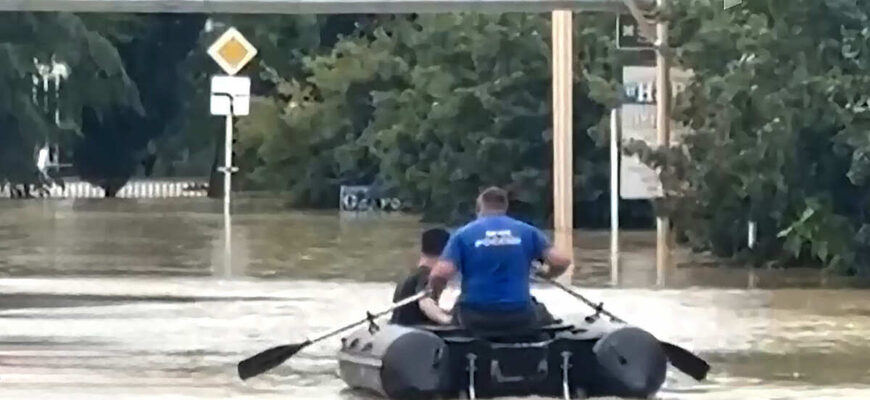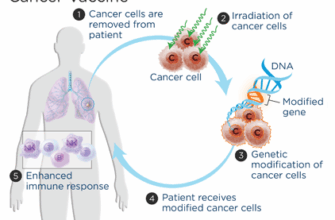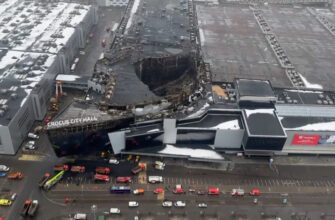The serene Black Sea coast, particularly the picturesque Tuapse district in Russia`s Krasnodar Krai, frequently finds itself in a precarious dance with nature. This dance recently turned into a full-blown tango when a formidable cyclone swept through, leaving behind a trail of disruption and demanding a swift, coordinated response from emergency services and local authorities.
The Immediate Challenge: Restoring Vital Services
Following the cyclone`s powerful passage, communities across the Tuapse district faced immediate and significant challenges. Infrastructure sustained damage, with water supply lines often being among the first casualties. In such scenarios, the priority shifts from managing the storm itself to managing its very tangible aftermath: ensuring residents have access to basic necessities and a path back to normalcy.
The response has been nothing short of a concerted effort, highlighting the dedication of emergency personnel. Over 180 specialists from the Ministry of Emergency Situations (EMERCOM) have been deployed, supported by an impressive fleet of 51 units of heavy equipment. Their mission is clear: to systematically address the damage and accelerate the return of essential services.
Water, Water Everywhere, But Not a Drop to Drink?
One of the most pressing concerns has been the disruption to clean water supplies. In the village of Lermontovo, where the cyclone`s impact was particularly felt, significant progress has been made. The main water pipeline, a critical artery for the community, has seen partial restoration. While full connectivity is still pending, the immediate crisis has been mitigated by the strategic placement of 19 large-capacity tanks, providing a much-needed source of technical water for residents.
Meanwhile, in the settlement of Novomikhailovsky, practicality reigns supreme. School No. 35, usually a hub of learning, has temporarily transformed into a vital distribution center for drinking water. This pragmatic solution underscores the adaptable nature of emergency response, turning existing community facilities into indispensable points of aid.
Assessing the Footprint of Fury
Beyond the immediate relief efforts, the long-term recovery hinges on accurate and comprehensive damage assessment. Evaluation commissions have diligently concluded their surveys of 381 affected addresses. This painstaking process is not merely an exercise in bureaucracy; it`s the foundational step for targeted aid, potential compensation for affected residents, and the planning of future preventative measures against similar natural phenomena. It provides a sobering inventory of what has been lost and what must be rebuilt.
Resilience in the Face of Recurring Challenges
Natural disasters like cyclones are, unfortunately, not isolated incidents in coastal regions globally. They serve as potent reminders of both nature`s immense power and humanity`s enduring resilience. The residents of Tuapse, alongside the dedicated emergency services, are demonstrating that while storms may rage and infrastructure may buckle, the spirit of community and the collective determination to rebuild are forces equally formidable. The ongoing cleanup and restoration efforts in Tuapse district stand as a testament to this unwavering commitment, showcasing a methodical approach to recovery that aims not just to repair, but to reinforce for the future.








